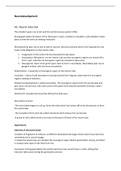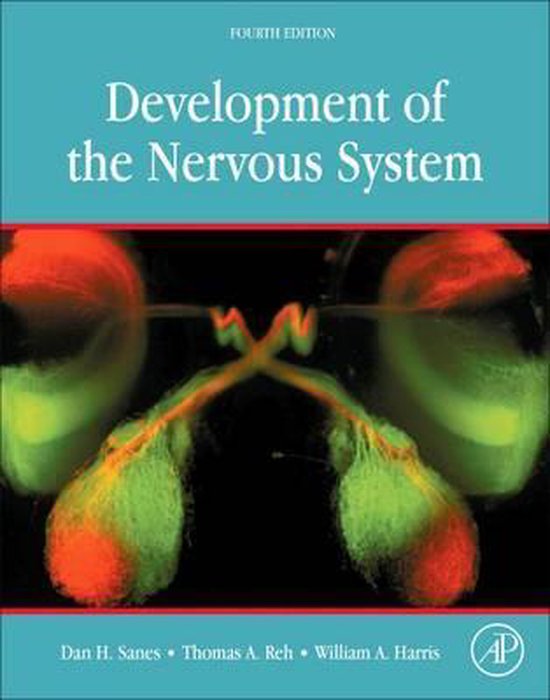Samenvatting
Neurodevelopment Summary
- Instelling
- Radboud Universiteit Nijmegen (RU)
This summary contains the theory from the book, the lectures as well as the experiments shown to proof the theory. The theory and experiments are presented in a informative but understandable matter. I've got a 7 by just learning this!!
[Meer zien]





